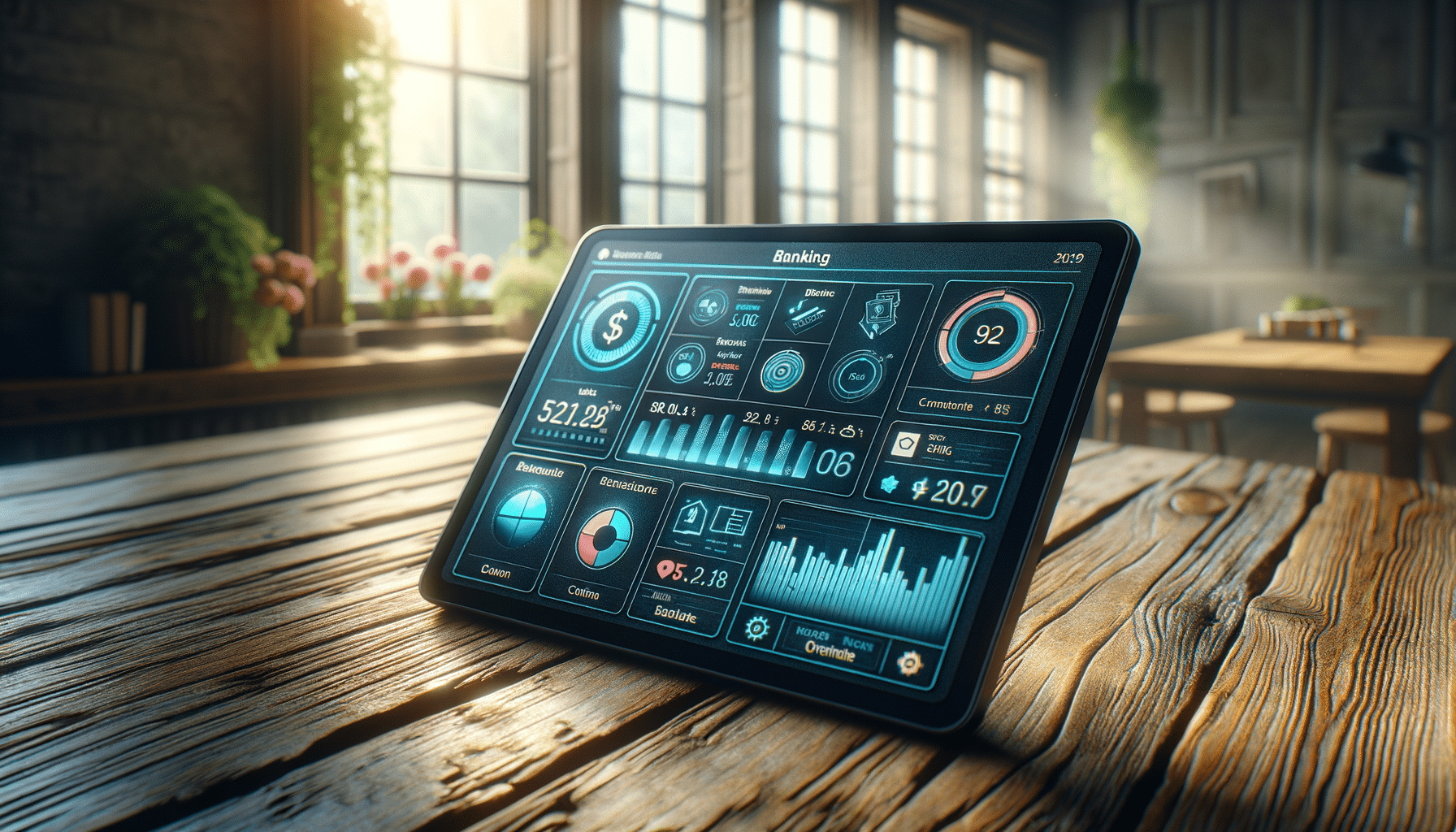
Digital Detox: Reclaiming Focus in a Hyperconnected Age
Imagine waking up to the gentle rustling of leaves instead of the relentless buzz of your smartphone. In our hyperconnected age, the concept of a digital detox is gaining traction as more individuals seek to reclaim their focus and mental clarity.
In an era where screens dominate our waking hours, the art of disconnecting becomes crucial. Digital detox involves voluntarily reducing or eliminating time spent on electronic devices to improve mental well-being and restore focus.
Understanding the Impact of Constant Connectivity
The average person checks their phone about 96 times a day, according to a study by Asurion. This constant connectivity can lead to anxiety, stress, and decreased productivity. Psychologist Dr. Emma Barrett notes, “Being perpetually online means our brains rarely get a chance to truly rest.”
The Science Behind Digital Detox
Research from the University of California, Irvine, suggests that reducing screen time can significantly decrease stress levels. Participants who took regular breaks from their devices reported feeling more relaxed and focused. These findings underscore the importance of occasional disconnection.
Personal Experiences: A Tale of Transformation
Consider Alex, a marketing professional who found himself overwhelmed by constant notifications and emails. After committing to a digital detox weekend, he noticed improved concentration and a newfound appreciation for offline activities. Alex’s story is a testament to the transformative power of unplugging.
Steps to Embark on Your Digital Detox
- Set Boundaries: Designate device-free zones in your home, such as the bedroom or dining area.
- Schedule Tech-Free Time: Allocate specific hours of the day to be entirely screen-free.
- Engage in Offline Activities: Rediscover hobbies like reading, hiking, or painting.
- Meditate: Incorporate mindfulness practices to reduce reliance on digital devices for relaxation.
Comparing Digital Detox Strategies
| Strategy | Benefits | Challenges |
|---|---|---|
| Device-Free Mornings | Enhanced focus, better mood | Initial adjustment period |
| Social Media Breaks | Reduced anxiety, more free time | FOMO (Fear of Missing Out) |
| Weekly Digital Sabbatical | Improved mental health, family bonding | Planning required |
| Mindful Usage | Increased awareness, less stress | Requires discipline |
| Outdoor Activities | Physical health benefits, mental refresh | Weather-dependent |
| Reading Books | Knowledge gain, relaxation | Finding time |
| Meditation | Enhanced mindfulness, reduced stress | Consistency needed |
| Creative Hobbies | Boosts creativity, reduces screen time | Initial learning curve |
Frequently Asked Questions
How long should a digital detox last?
There is no one-size-fits-all answer. Some people benefit from a few hours each day, while others find a weekend or week-long break more effective.
Can a digital detox reduce anxiety?
Yes, a digital detox can help reduce anxiety by minimizing stressors associated with constant connectivity.
What are some activities to do during a digital detox?
Engage in activities like hiking, reading, cooking, or spending quality time with family and friends.
Conclusion: Embracing a Balanced Digital Life
By incorporating digital detox practices into our routine, we can achieve a healthier balance between online and offline life. Taking time to disconnect not only enhances our mental well-being but also allows us to reconnect with ourselves and our surroundings. Start your journey today and experience the benefits firsthand.


